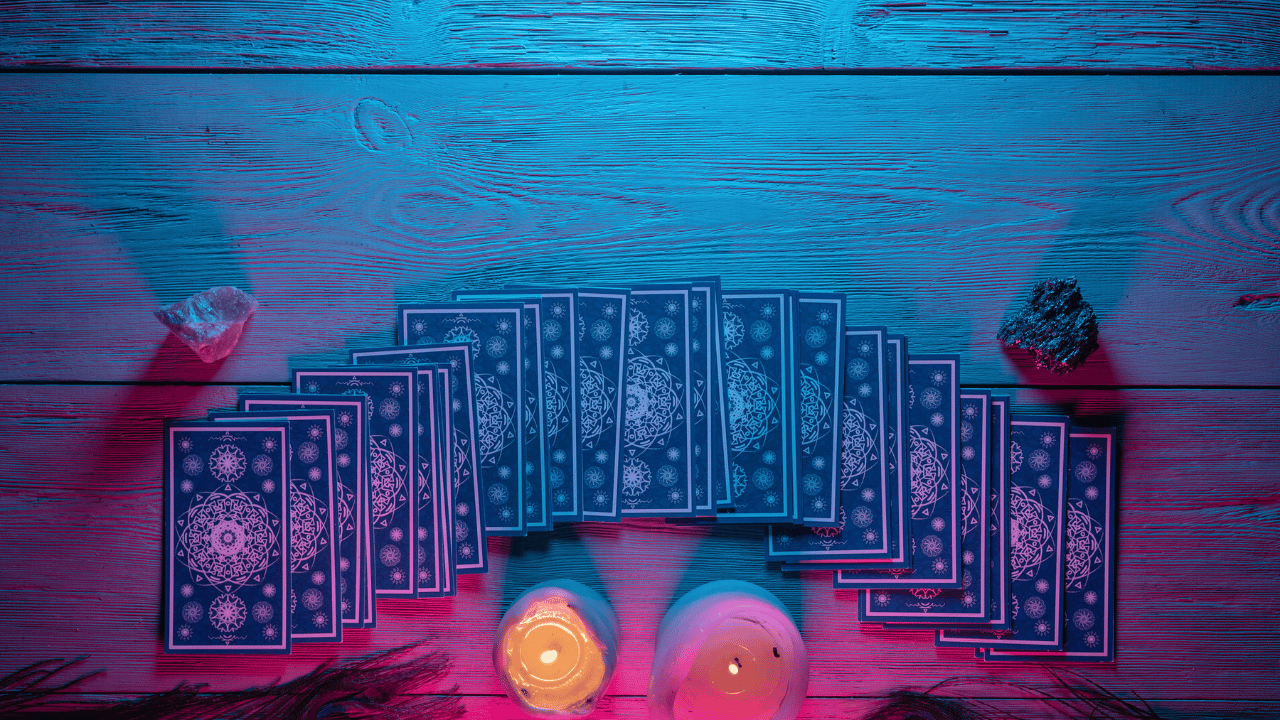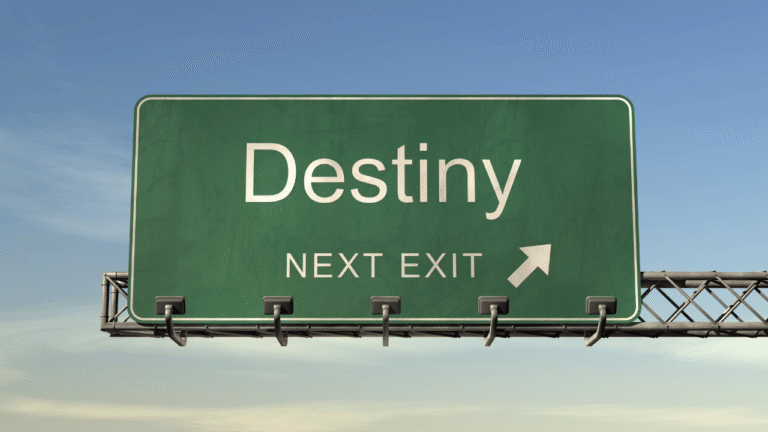Difference Between Tarot and Oracle Cards Explained

Difference Between Tarot and Oracle Cards, my sister once fell into the rabbit hole of learning about card-based divination. She started with traditional decks but later discovered the creative freedom of modern alternatives. Her journey mirrors what many seekers experience when exploring these tools.
Both systems offer unique paths to self-discovery. One follows centuries-old symbolism, while the other embraces artistic interpretation. The right choice depends on your personal goals and learning style.
Beginners often wonder which approach suits them best. Some prefer structured frameworks, while others thrive with intuitive systems. This article will help you navigate these options with confidence.
Key Takeaways
- Difference Between Tarot and Oracle Cards, Card-based divination tools serve different spiritual needs
- Traditional systems follow established patterns and meanings
- Modern alternatives allow for personal interpretation
- Your choice should align with your learning preferences
- Both can provide valuable guidance for life’s questions
What Are Tarot Cards?
Many spiritual seekers find themselves drawn to these illustrated decks for guidance. With roots stretching back centuries, they offer a structured way to explore life’s big questions. Each card holds layers of meaning waiting to be uncovered.
The Structure of Tarot: Major and Minor Arcana
A standard deck contains 78 cards divided into two distinct groups. The Major Arcana features 22 cards representing life’s spiritual lessons. These include iconic images like The Fool, The Tower, and The World.
The Minor Arcana consists of 56 cards across four suits:
- Wands (creativity and energy)
- Cups (emotions and relationships)
- Swords (thoughts and challenges)
- Pentacles (material world and work)
Each suit contains 14 cards, from Ace to King. The court cards (Page, Knight, Queen, King) add personality to readings.
How Tarot Readings Work
Readers use specific layouts called spreads to interpret the cards. The Celtic Cross is one popular option with ten positions. Each spot represents different aspects of a situation.
Cards can appear upright or reversed, changing their meaning. A skilled reader considers:
- Card positions in the spread
- Relationships between nearby cards
- Numerology and elemental associations
The History and Symbolism Behind Tarot
These decks began as 15th-century Italian playing cards called “trionfi.” The Rider-Waite-Smith deck, created in 1909, transformed them into a spiritual tool. Its vivid imagery made symbolism accessible to everyone.
Modern decks maintain traditional meanings while adding fresh perspectives. The Fool’s Journey concept helps explain the Major Arcana’s progression. It shows a character growing through life experiences.
Whether used for reflection or prediction, these tools continue evolving. Their rich history and structured approach make them valuable for deep personal exploration.
What Are the Difference Between Tarot and Oracle Cards
Creative intuition meets spiritual guidance in these versatile decks. Unlike their traditional counterparts, they break free from rigid systems, offering a personalized approach to self-discovery. My sister found them perfect for her busy lifestyle—no complex rules, just immediate inspiration.
The Flexibility of Oracle Decks
These tools celebrate artistic freedom. A deck might contain 20 cards or 100, depending on the creator’s vision. Popular designers like Colette Baron-Reid craft unique systems with empowering messages. Beginners love how keywords printed on cards simplify interpretations.
Daily practice becomes effortless. Pull one card for morning intentions or design custom spreads. The Wisdom of the Oracle deck even suggests creative layouts in its guidebook. This adaptability makes them ideal for quick decision-making or meditation focus.
Common Themes in Oracle Cards
Modern decks explore diverse spiritual concepts. Moonology decks track lunar cycles, while Animal Spirit decks connect users with nature’s wisdom. Some feature stunning photographic imagery, others showcase watercolor illustrations like Alana Fairchild’s mystical creations.
Popular themes include:
- Angelic guidance (Doreen Virtue’s classic decks)
- Astrological insights (Stellar Visions deck)
- Goddess empowerment (Rebecca Campbell’s Work Your Light)
Hybrid decks blend traditional symbolism with fresh perspectives. As my sister discovered, their beginner-friendly nature encourages regular use without overwhelming study.
Difference Between Tarot and Oracle Cards
Navigating spiritual tools can feel overwhelming, but understanding their core contrasts brings clarity. These systems serve as unique languages for self-discovery—one with formal grammar rules, the other encouraging poetic license.
Structural Foundations
The 78-card framework of traditional decks operates like a complete symbolic alphabet. Major and Minor Arcana create predictable patterns, much like sentences following grammatical rules. Suits maintain elemental associations across all versions.
Modern alternatives reject standardization completely. A Wisdom of the Oracle deck might blend I-Ching concepts with 44 cards, while moon phase decks use 28 cards matching lunar cycles. This freedom allows creators to design entirely new vocabularies for each edition.
Layers of Meaning
Traditional systems reward dedicated study with rich insights. A single card like The High Priestess connects to Kabbalah’s Tree of Life, lunar astrology, and feminine archetypes. Reversed positions add nuanced shades to interpretations.
Contrast this with oracle decks where “Embrace Your Inner Divine Goddess” delivers immediate empowerment messages. The Faceted Garden Oracle uses crystal imagery with straightforward affirmations, perfect for quick morning guidance.
Accessibility Factors
Beginners often prefer tools that provide instant gratification. Pulling an oracle card like “Abundant Harvest” requires no manual—its golden wheat imagery and printed message speak clearly. Daily one-card rituals build confidence rapidly.
Mastering traditional systems demands patience. Understanding why the Nine of Swords differs from the Three of Swords involves studying numerology, suit meanings, and positional relationships in spreads like the Celtic Cross.
| Feature | Traditional System | Modern Alternative |
|---|---|---|
| Learning Time | 6+ months for fluency | Immediate usability |
| Card Count | Fixed 78 cards | 20-100 variable |
| Reversals | Common practice | Rarely used |
Many practitioners eventually use both systems complementarily—traditional decks for root cause analysis, modern ones for actionable steps. This balanced approach honors structure while celebrating intuitive freedom.
Which One Is Right for You? Difference Between Tarot and Oracle Cards
Your personal goals should guide your selection between these powerful systems. Whether seeking deep introspection or daily inspiration, each tool offers unique advantages. The best choice depends on how you prefer to receive guidance and the time you can invest.
When Traditional Systems Shine
Structured decks excel for complex life questions and pattern recognition. If you enjoy studying symbolism across cultures, these tools reward dedicated practice. They’re ideal for:
- Shadow work and psychological exploration
- Understanding long-term cycles and karmic patterns
- Developing predictive reading skills over time
When Modern Alternatives Excel
Flexible decks provide instant clarity without memorization. Their artistic diversity makes them perfect for specific needs. Consider them when you want:
- Morning inspiration or quick decision-making
- Thematic focus like grief support or career transitions
- Creative journal prompts and meditation aids
Many practitioners combine both systems beautifully. Use structured decks for diagnosis and modern ones for action steps. This balanced approach honors tradition while embracing intuitive freedom.
Conclusion
Difference Between Tarot and Oracle Cards, exploring spiritual tools should feel exciting, not overwhelming. Whether you choose structured or flexible decks, trust what resonates with you. The right one sparks curiosity and fits your lifestyle.
Traditional systems offer deep symbolism for those who enjoy study. Modern alternatives provide instant inspiration through beautiful cards. Both expand self-awareness in unique ways.
Start simple—try the classic Rider-Waite tarot alongside an affirmation-based oracle deck. Notice which style feels more natural. Many find using both creates a balanced practice.
Ready to begin? Apps like Labyrinthos make learning easy. Share your first reading experiences—every journey starts with a single card pull. For deeper insights, explore expert comparisons to refine your approach.















